Following the Science





As the rest of the world was shutting down at the onset of the pandemic, the global science and medical communities sprang into action. In 2020 alone, researchers published over 90,000 journal articles on COVID-19. This project is an exploration (and celebration) of that massive worldwide response. Named one of the "12 brilliant data journalism projects of 2021" by datajournalism.com. Shortlisted for the 2022 Sigma Data Journalism Awards.

The project began by wondering how researchers around the world were collaborating with one another throughout the pandemic. To what extent was Dr. Epidemi in Madrid publishing articles with Dr. Ology in Singapore? and so on. Once we started pulling those articles, however, it became clear that the sheer volume of COVID-related research was telling a broader story about the scientific process, and how research teams around the world were responding in an unprecedented way to understand and combat this virus. We expanded the project to focus on 3 different storylines: 1) The volume of research articles, 2) The worldwide collaborations behind those articles, and 3) how research articles are used by the science community to inform future work. PubMed - the biomedical research database - provided a rich dataset of tens of thousands of research articles relating to coronaviruses and COVID-19. In addition, the database offers author affiliations on each article (which can be parsed and geolocated) and citation data (including all articles cited by a given article, and all subsequent articles that cite a given article). After analyzing the data (and geocoding over 300k author affiliation strings), the next step was to translate the main takeaways into storyboards to guide the site design and development.

The design and build of the site iterated on the story boards to refine the structure, behavior, and design simultaneously. In general, this approach tends to yield the best results as the design can inform the code can inform the design can inform the code... in ever refined cycles.



While workshopping initial designs, it became clear that adding more context and details via narrative text would help viewers appreciate the scale of the response to COVID-19. The final site merged the 3 main sections into a combined scrollytelling experience, with multiple interactive visualizations embedded within blocks of narrative.
